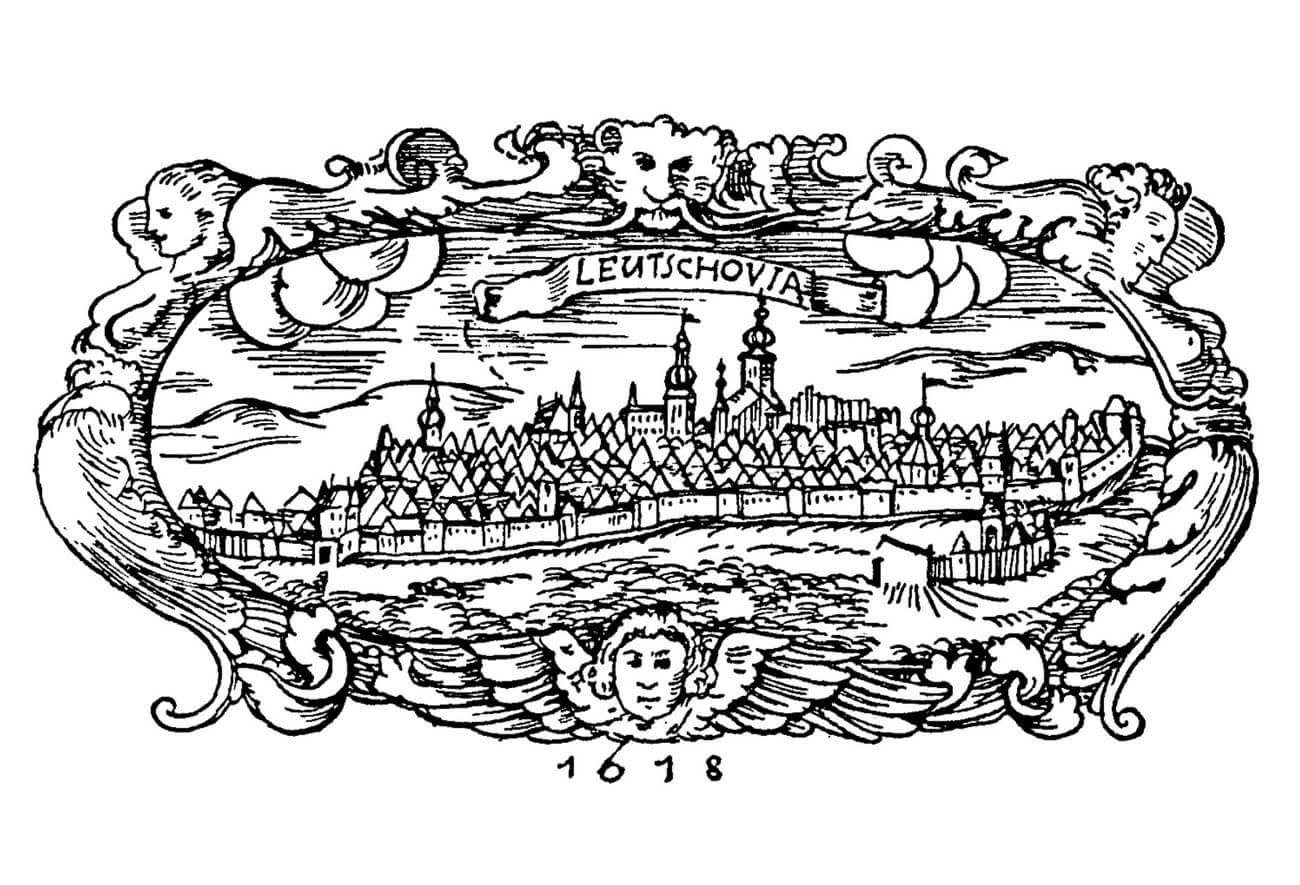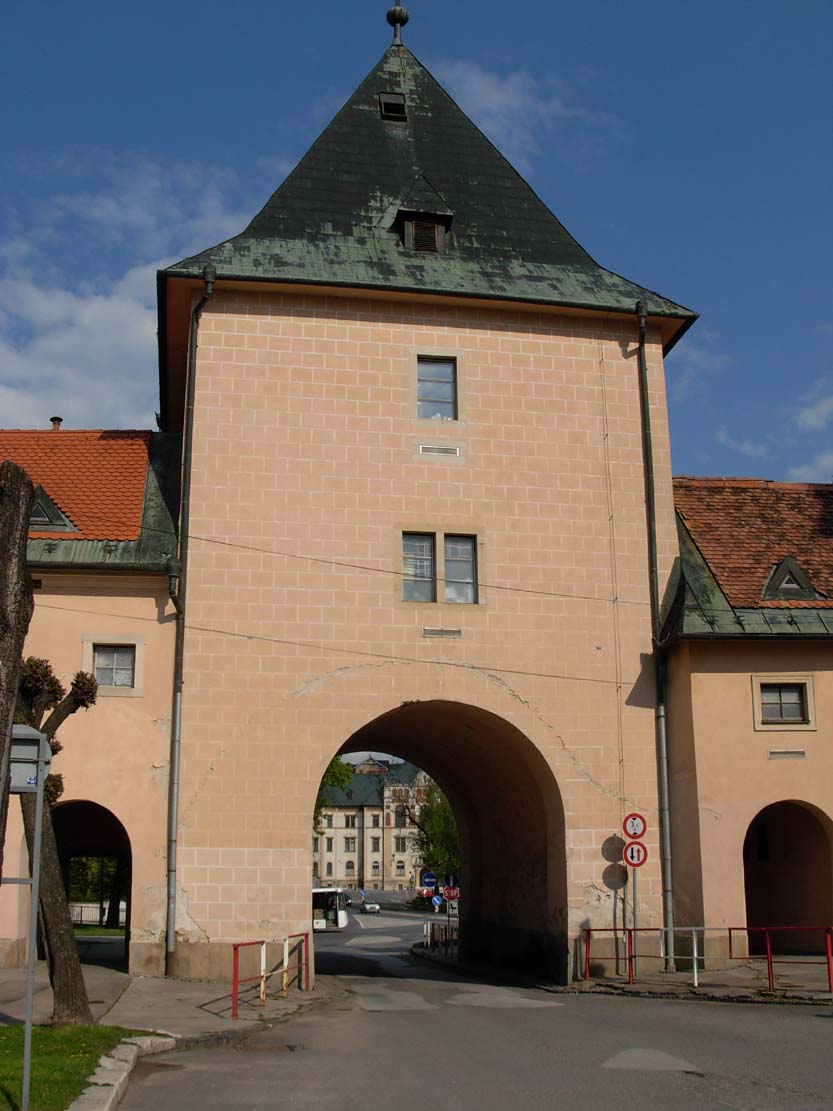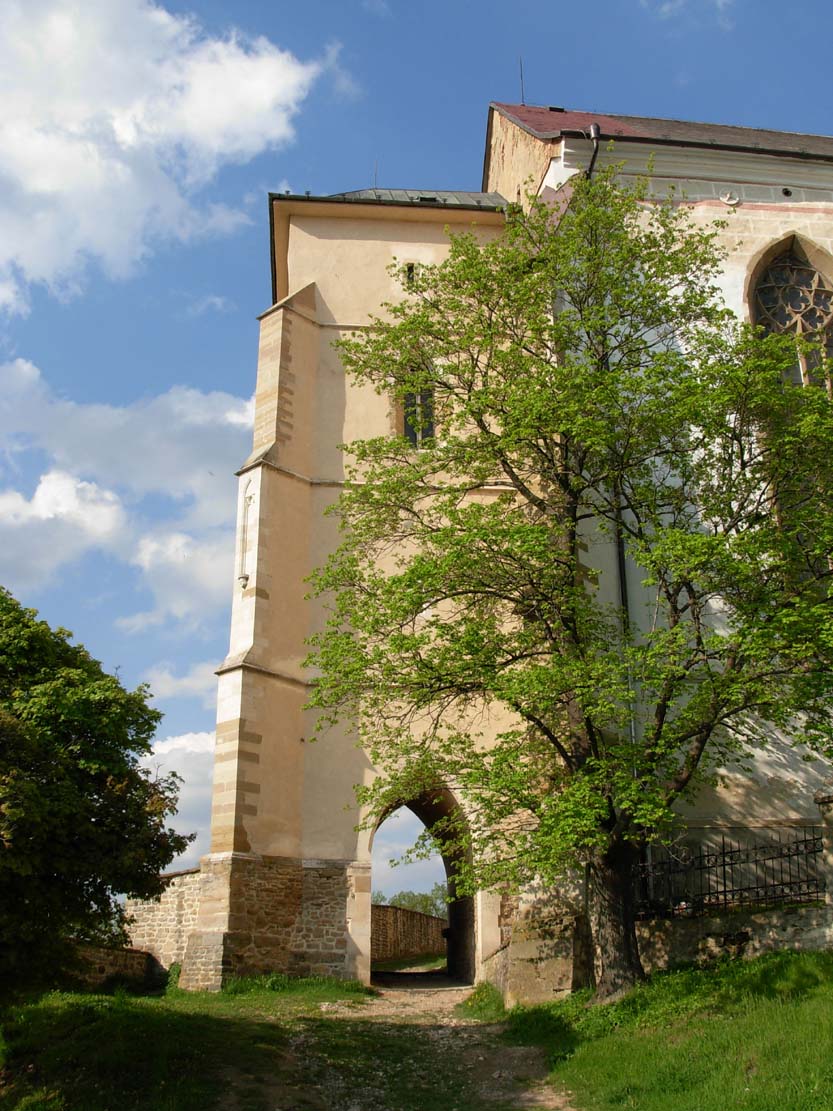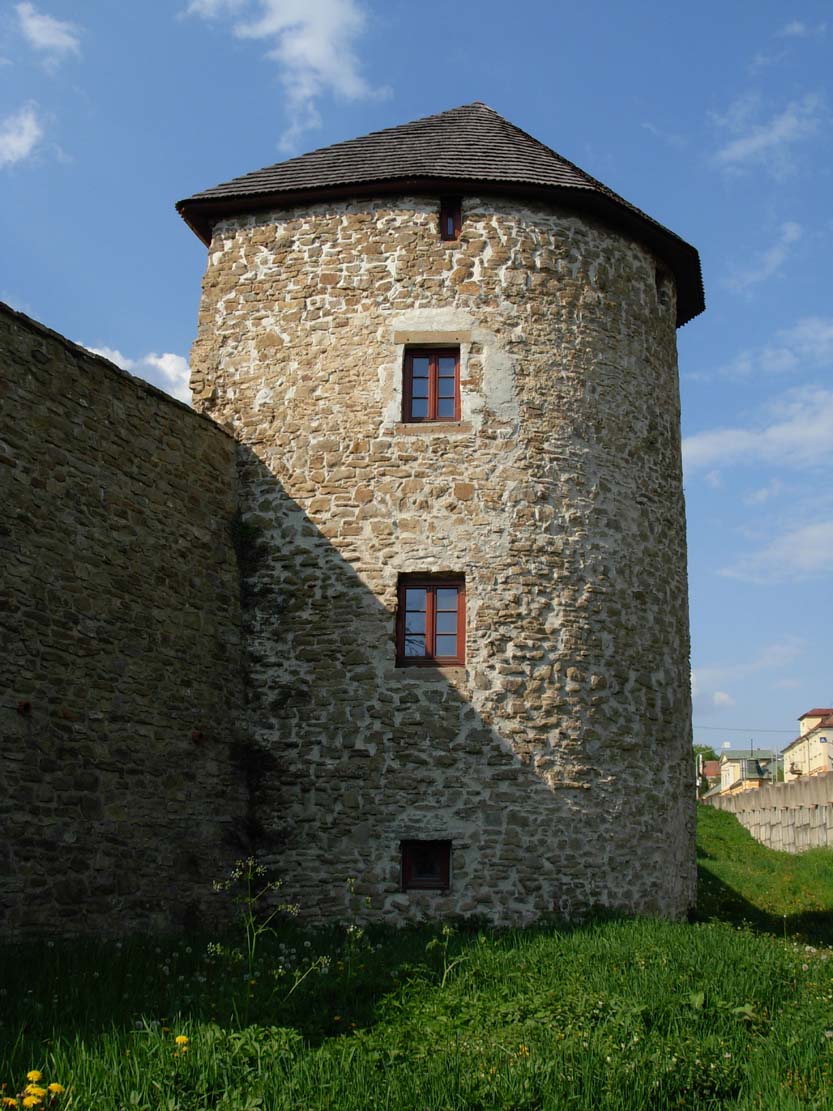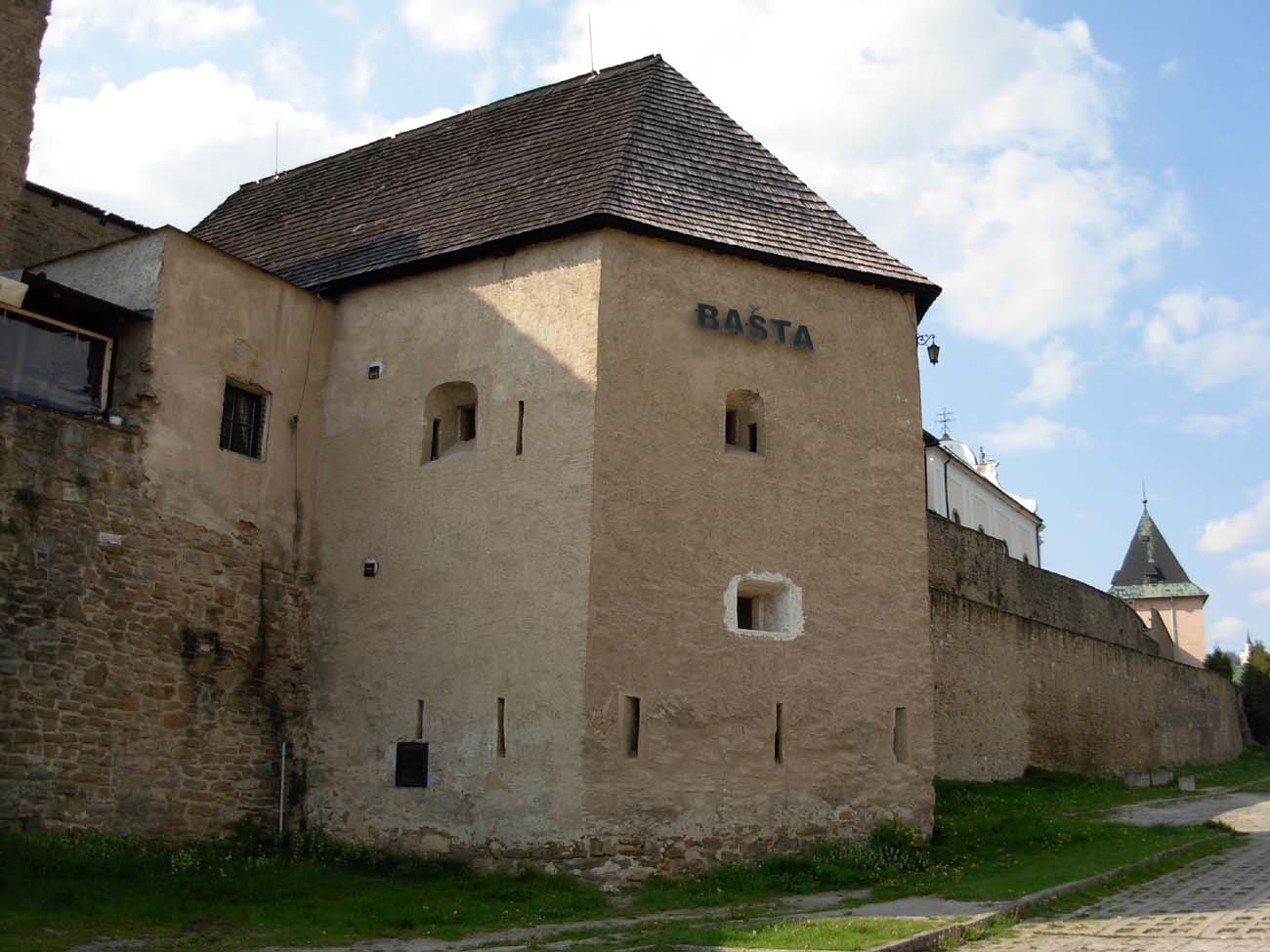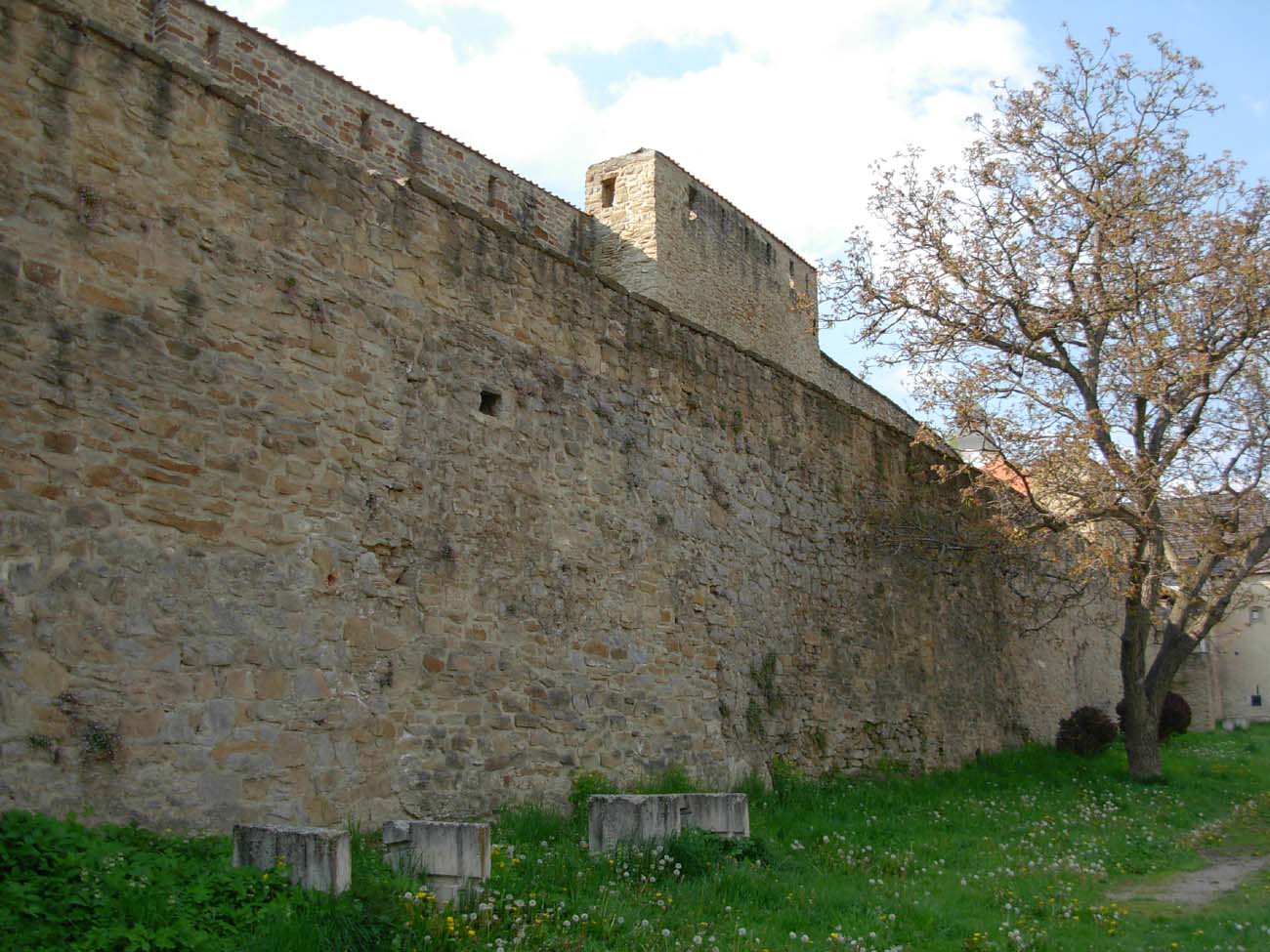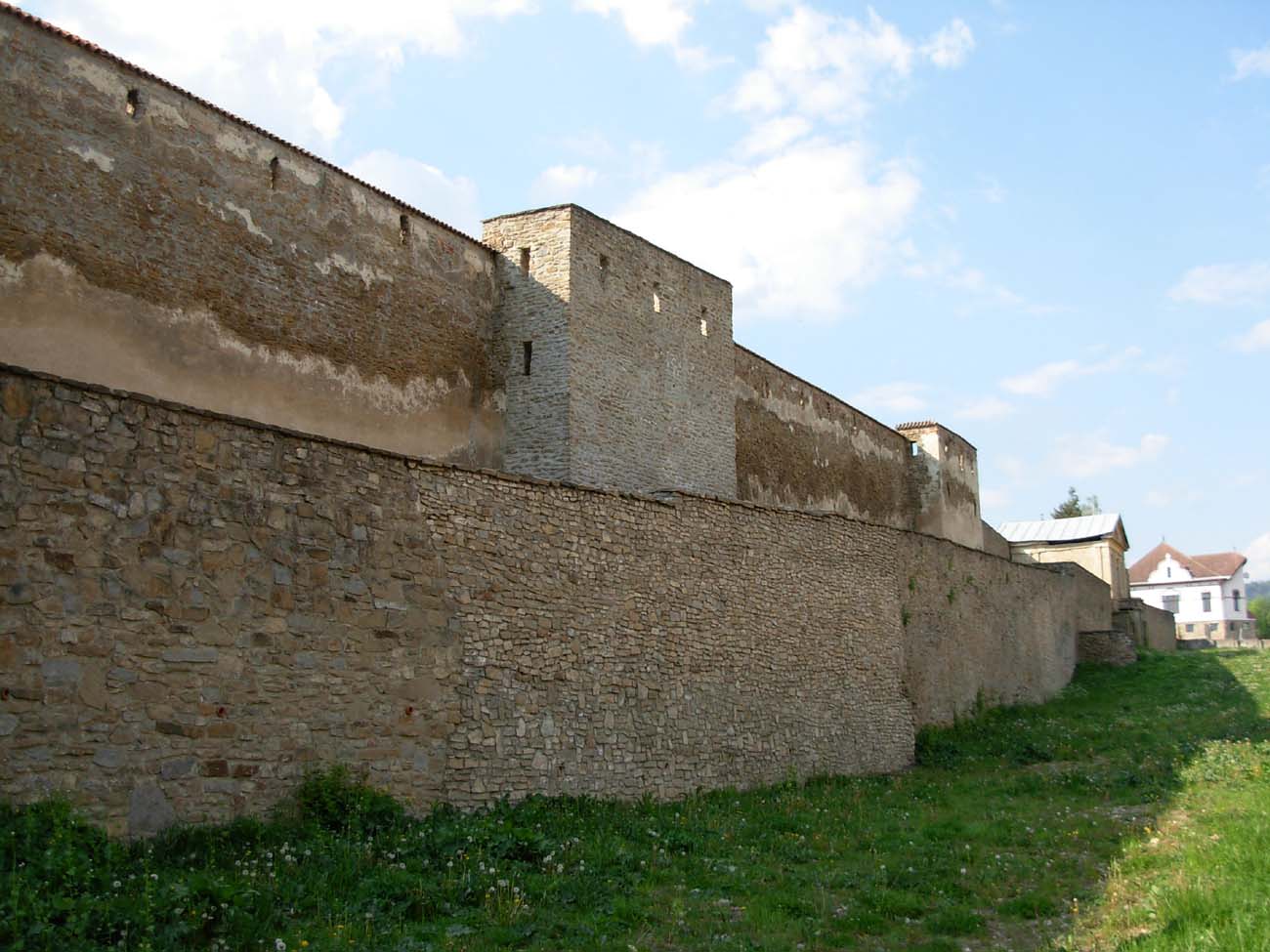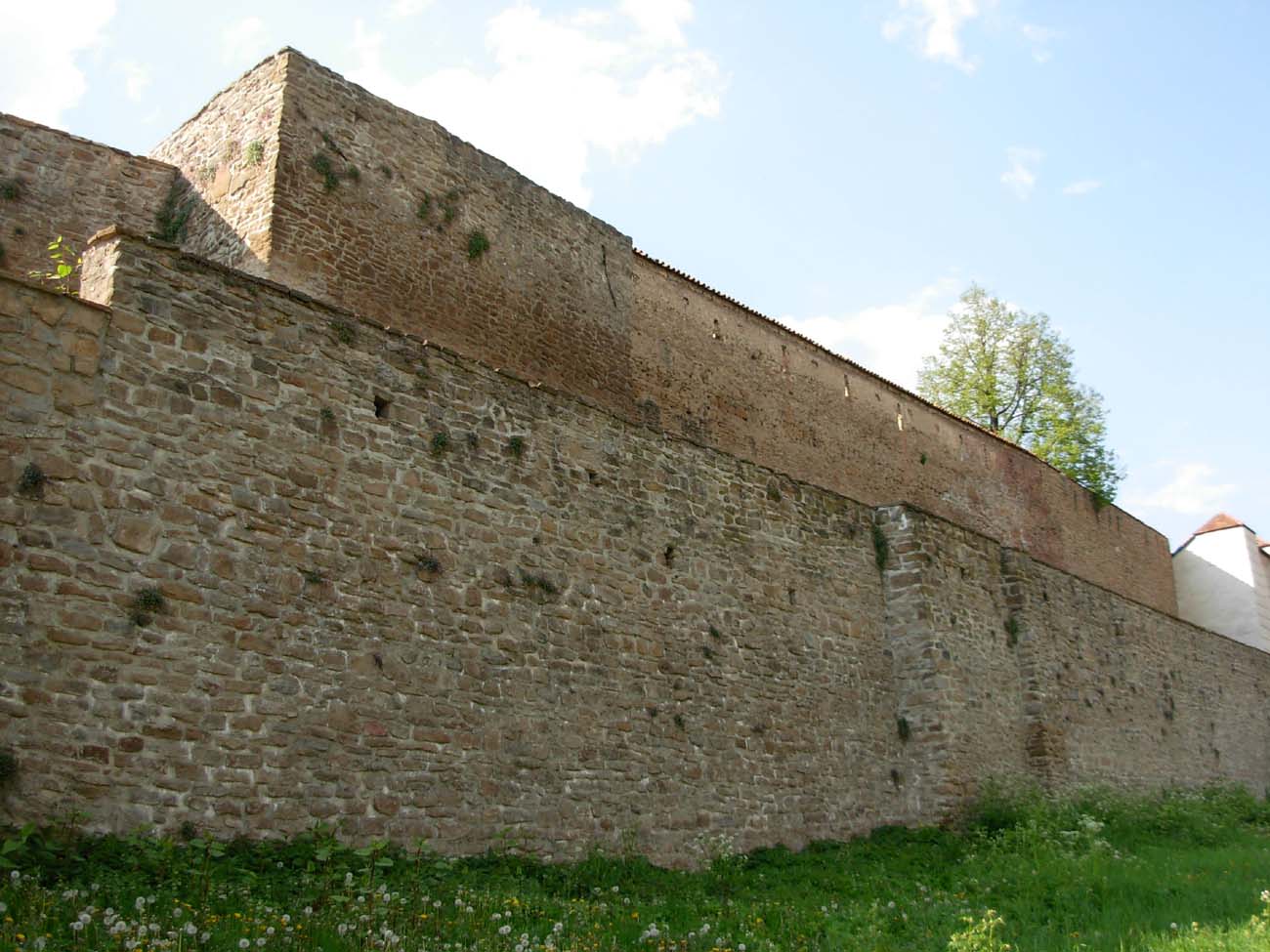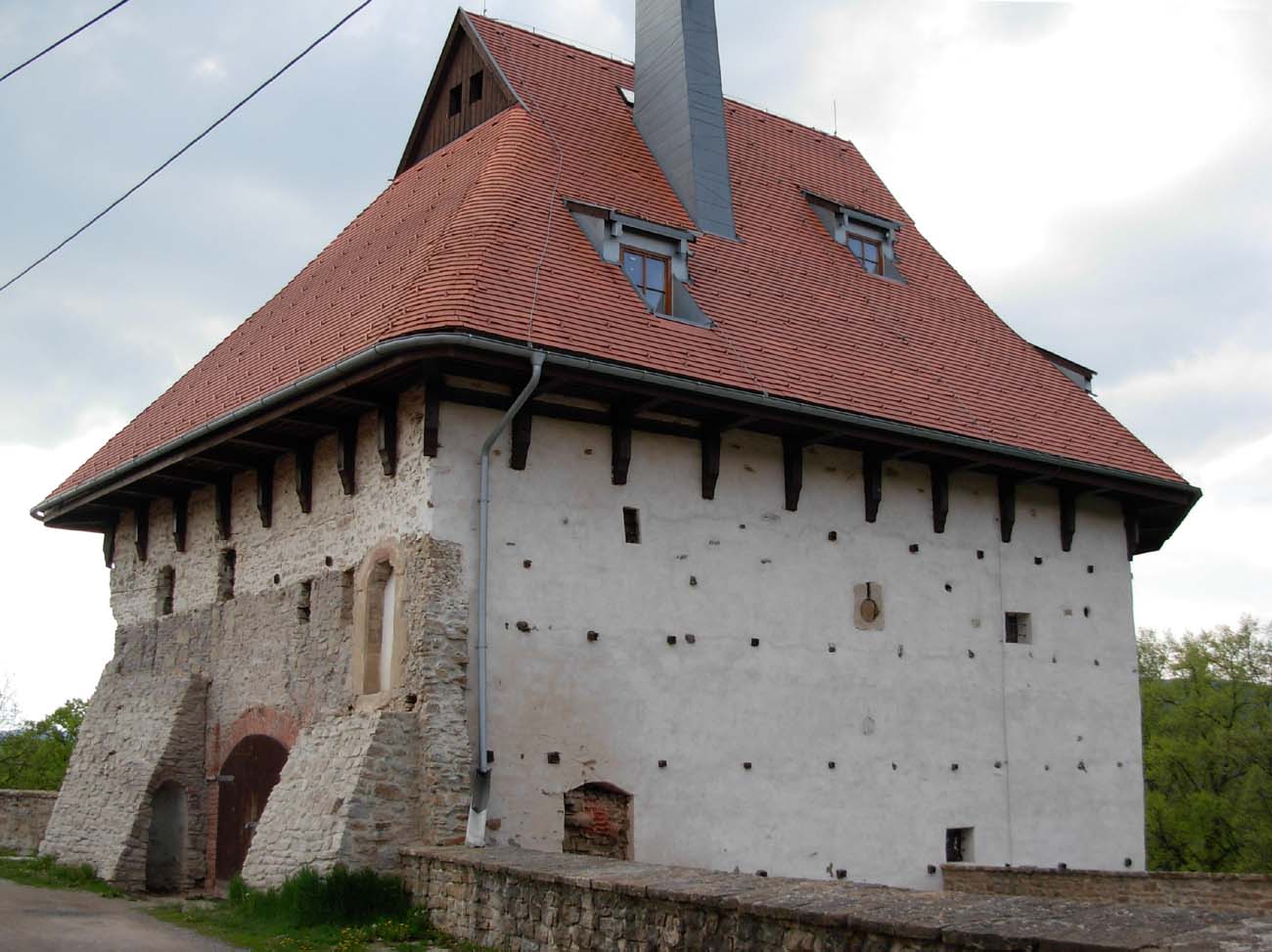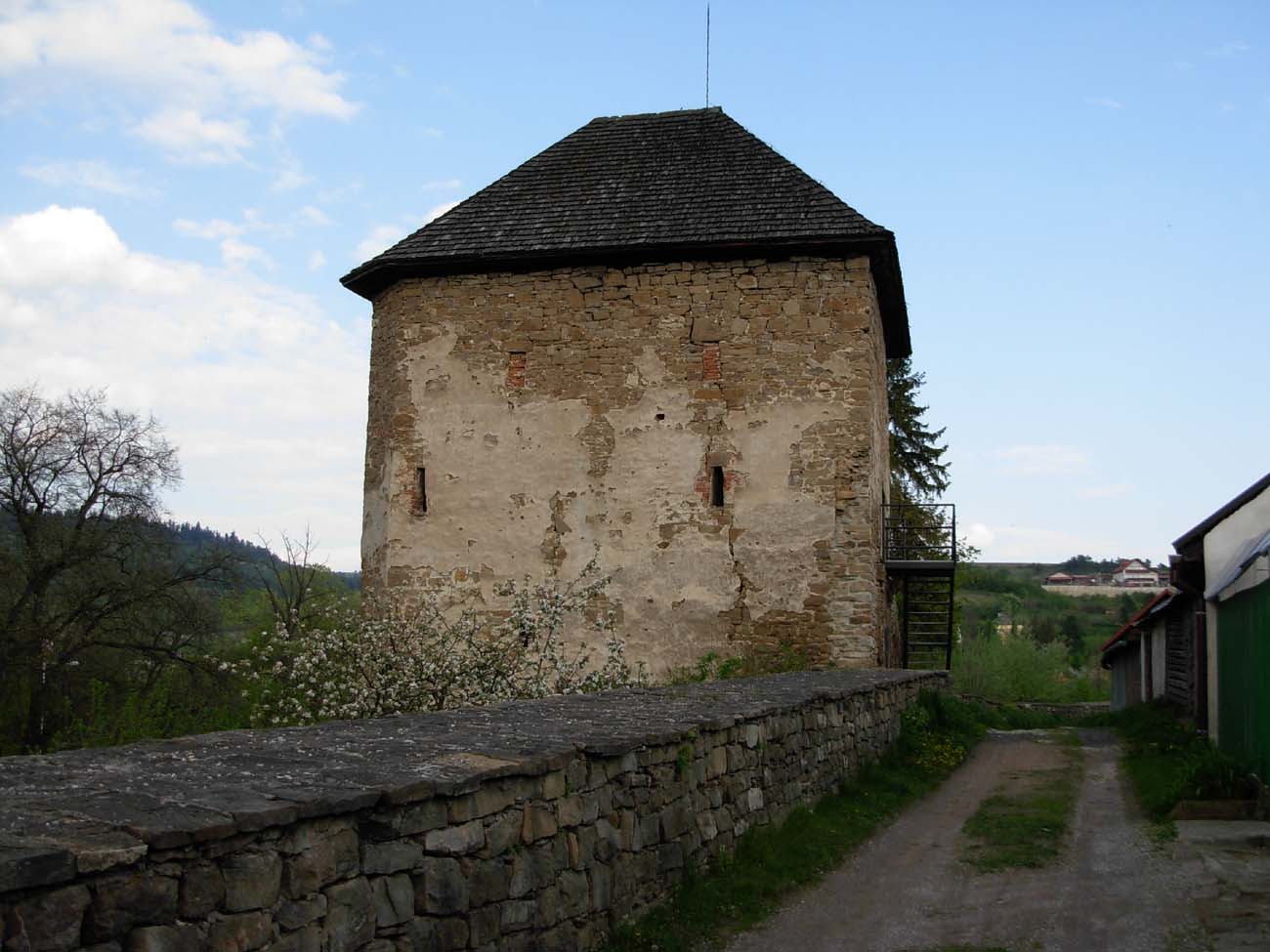History
The oldest traces of settlement on the site of the later town date back to the 11th century. In the mid-thirteenth century, Levoča was still a small settlement known as Kacvinkel, located near the church of Holy Ghost, possibly without any fortifications. The first wooden fortifications began to be built in the second half of the 13th century, probably after the Mongol invasion of 1241-1242, as a result of the rapid development of the settlement fed by settlers from Thuringia and Saxony. In 1271, they received a town privilege from King Stefan V, and the construction of stone defensive walls began probably after the second Mongol invasion of Spisz in 1285. In general, they were completed in the next century, which was probably influenced by the importance of Levoča as one of the largest urban centers of Upper Hungary, lying on an important trade route running from the south, from Košice towards Poland.
Over time, the defense system was modified and repaired in various ways, especially after the fires of the town in 1332 and 1342 or the damages caused in the town by the Czech army of Sigismund of Luxembourg in 1401. Two years later, fortifications were in such good condition that withstood the siege of Gašpar Dobria, but in 1431 the town was captured and burned by the Polish knight Pukal and Hussite troops. The last reconstructions took place at the beginning of the sixteenth century, when artillery was already widely used. As in other towns, all citizens were obliged to defend and maintenance them. Particular sections of the walls and towers were separated between craft guilds, which had the obligation to keep adequate stock of weapons, gunpowder and bullets.
Due to the long-lasting siege of the town by the imperial troops during the uprising of Francis Rakoczi in 1710, the fortifications were in poor condition. Because of the impoverishment of the city, their renovation significantly extended over time, still in 1728 they were not completely covered with shingle. During the 18th century, however, the defensive walls have lost their usefulness. That is why in 1803 the Viennese Court Chamber allowed the sale of some fortifications. Towers were intended for residential purposes, while the grounds of the former moat were turned into vegetable gardens and orchards.
Architecture
The city fortifications surrounded Levoča on a plan similar to an oval with longer sides roughly on the north-south line, with an extended corner on the south-west side. Convenient terrain conditions secured the town from the west and north, where steep slopes descended towards the valley of the Levoča stream and its tributary. The eastern and south-eastern parts of the town were the most endangered, and over time there the fortifications were expanded to the greatest extent.
The defensive walls were about 2,5 km long and surrounded the entire town of that time. The thickness of the defensive wall was up to 2 meters. The height of the main wall was 6-8 meters, and the lower external wall was 3-3,5 meters. Between them was wide 4,5 – 6 meters zwinger. The whole was surrounded by a 13-15 meters wide moat, which could be filled with water from the Levoča Stream.
In the course of the fortifications, there were originally 13 towers, named depending on their location or specific features (Hrubá vež, Klášterní vež, Putscherova vež, Sedmá vež, Spálená vež, vež Ostrý kút and others). With time, their number was increased to 15. The oldest towers came from the 14th century and were then open from the inside (so-called half towers). In the fifteenth and sixteenth centuries, they were closed with back walls and raised, many of them had the form of massive bastions covering the width of the entire zwinger and protruding up to the outer wall.
Originally, the town had only two gates: the Upper or Košice Gate from the north-east and the Lower Gate from the south. There was also a smaller postern gate on the west side called the Polish Gate, directed towards the banks of the stream. There was a four-sided tower of the Franciscan monastery church next to it, the gateway of which provided communication along the underwall street, and at the same time constituted the entrance to the economic part of the monastery. In the south-east part of the circuit the third gate – Menhard Gate – was built a little later. However, it was seriously damaged during the great fire of the town in 1599 and already in 1603 it was closed. It was replaced by the south gate that has not been preserved until today.
Current state
Up to now, about 80% of the town’s defensive walls have been preserved. Missing fragments, lengths less than 500 meters, are located in the southern part of their perimeter. Some fragments of existing walls have been reconstructed, the rest has been renovated since 1996 and protected from degradation. 6 towers, including Merchant Tower, Powder Tower and two city gates, have survived to this day. The defensive walls in Levoča are one of the best preserved old defense systems in Slovakia.
bibliography:
Lexikon stredovekých miest na Slovensku, red. Štefánik M., Lukačka J., Bratislava 2010.
Mencl V., Stredoveka mesta na Slovensku, Bratislava 1938.
Sypek A., Sypek.R., Zamki i obiekty warowne Słowacji Wschodniej, Warszawa 2005.
Website wikipedia.org, Mury obronne Lewoczy.

